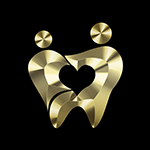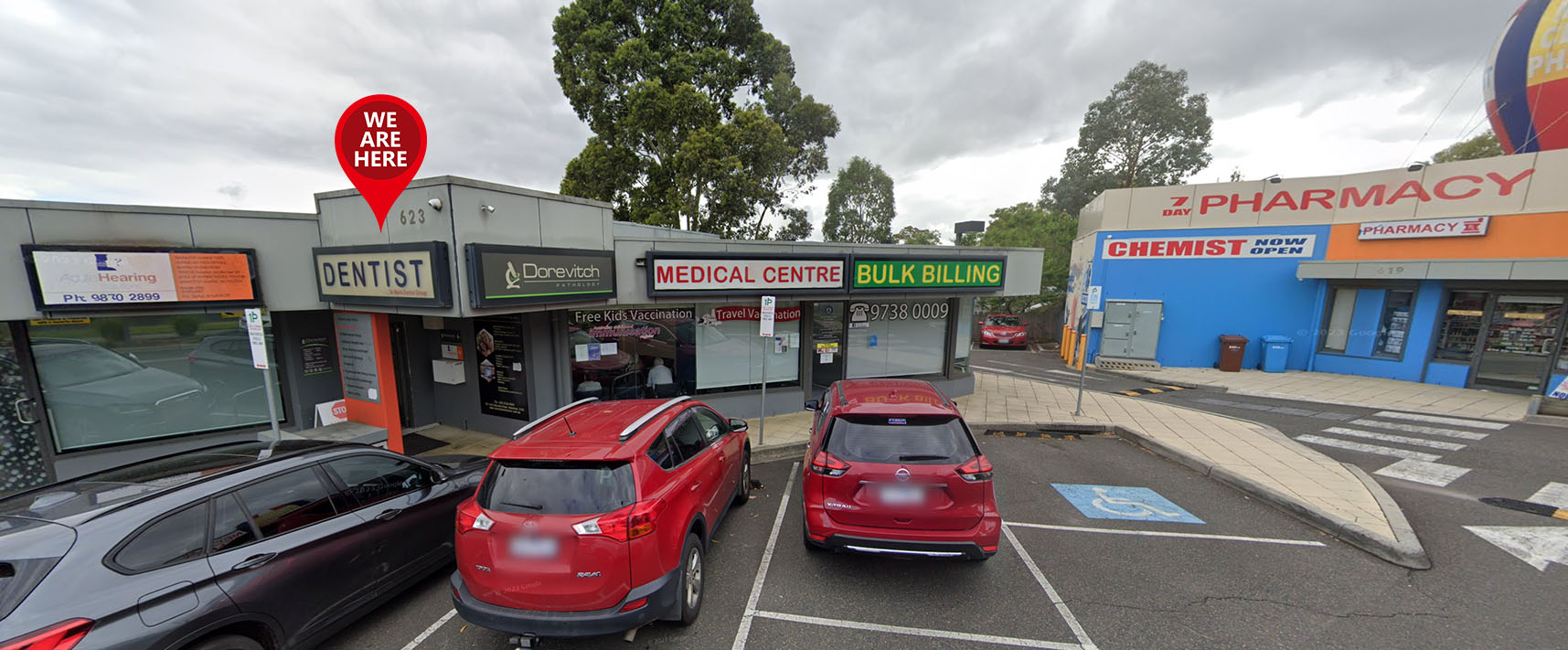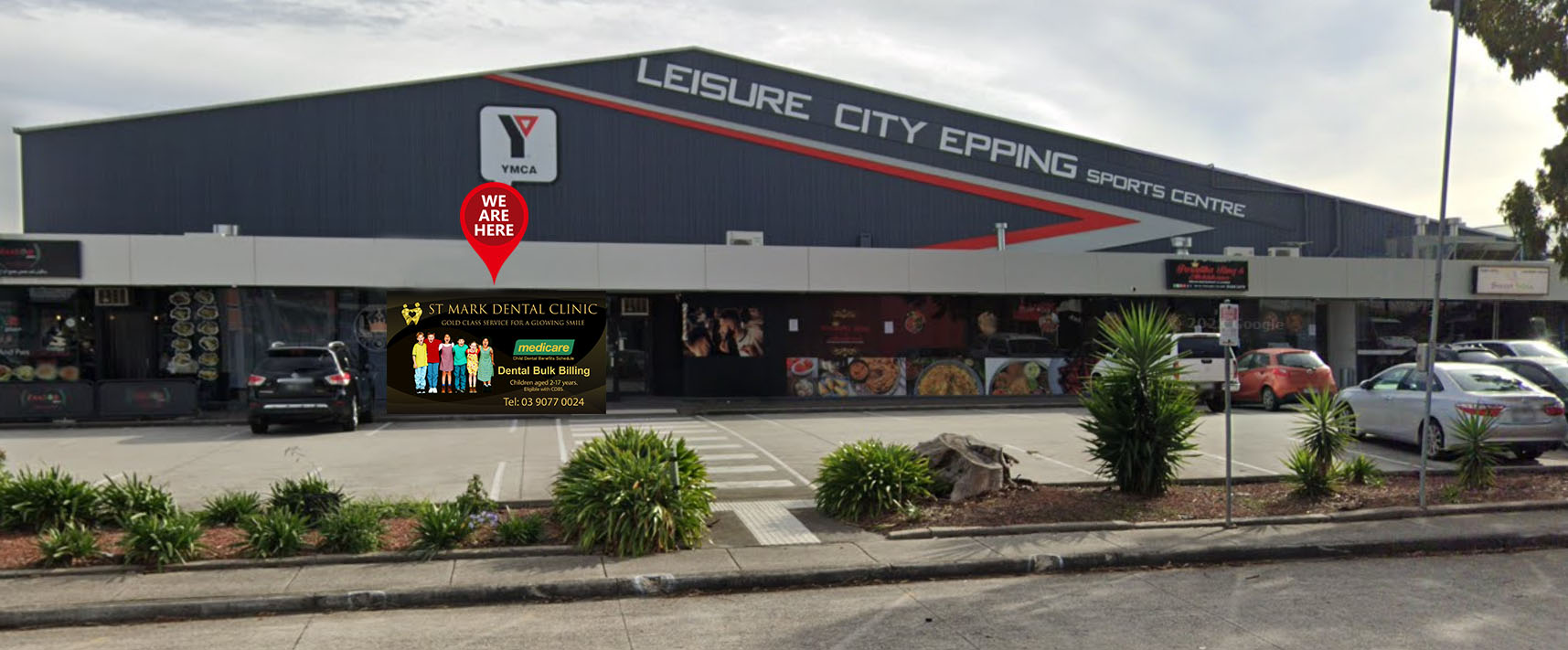Braces work by applying continuous pressure over a period of time to slowly move teeth in a specific direction. As the teeth move, the bone changes shape as pressure is applied. Braces are made up of the following components:
1. Brackets are the small squares that are bonded directly to the front of each tooth with a special dental bonding agent or are attached to orthodontic bands.
2. Brackets act like handles. They hold the arch wires that move the teeth. There are several types of brackets. These include:
- stainless steel
- tooth coloured ceramic
- plastic, which are often selected because they’re less obvious.
3. Bat times brackets are cemented to the back of teeth, in order to hide them from view.
4. Orthodontic bands are
- stainless steel
- clear
- tooth coloured materials
The above are cemented to the teeth with dental bonding agents.
5. They wrap around each tooth to provide an anchor for the brackets. The clear tooth coloured bands are more cosmetically appealing options but are more expensive than stainless steel. They are not used in all patients. Some people have only brackets and no bands.
6. Spacers are separators that fit between teeth to create a small space prior to the placement of the orthodontic bands.
7. Arch wires which can be made of
- metal
- clear
- tooth coloured attach to the brackets and act as tracks to guide the movement of the teeth.
8. Ties are small rubber rings or fine wires that fasten the arch wire to the brackets. They can be:
9. A buccal tube on the band of the last tooth holds the end of the arch wire securely in place.
10. Tiny plastic rubber bands, called ligatures, hold the arch wires to the brackets.
11. Springs may be placed on the arch wires between brackets. These help to push, pull, open, or close the spaces between teeth.
12. Two bands on the upper teeth may have head gear tubes on them to hold the face bow of the headgear in place. A headgear is another tool used by orthodontists to aid in correcting irregularities of teeth.
13. Elastics or rubber bands attach to hooks on brackets and are worn between the upper and lower teeth in various ways. They apply pressure to move the upper teeth against the lower teeth to achieve a perfect fit of individual teeth.
14. Face bow head gear is the wire gadget that is used to move the upper molars back in the mouth to correct bite discrepancies and also to create room for crowded teeth.
15. The face bow consists of an inner metal part shaped like a horse shoe that goes in the mouth, attaching to buccal tubes, and an outer part that goes around the outside of the face and is connected to a head gear strap.
16. Newer “mini-braces”, which are much smaller than traditional braces, may be an option for some. There is another method of straightening teeth that uses removable plastic retainers that may also work when crowding of the teeth is not too severe. Your orthodontist will discuss the various types of braces with you and determine which might be the best option for your situation.



